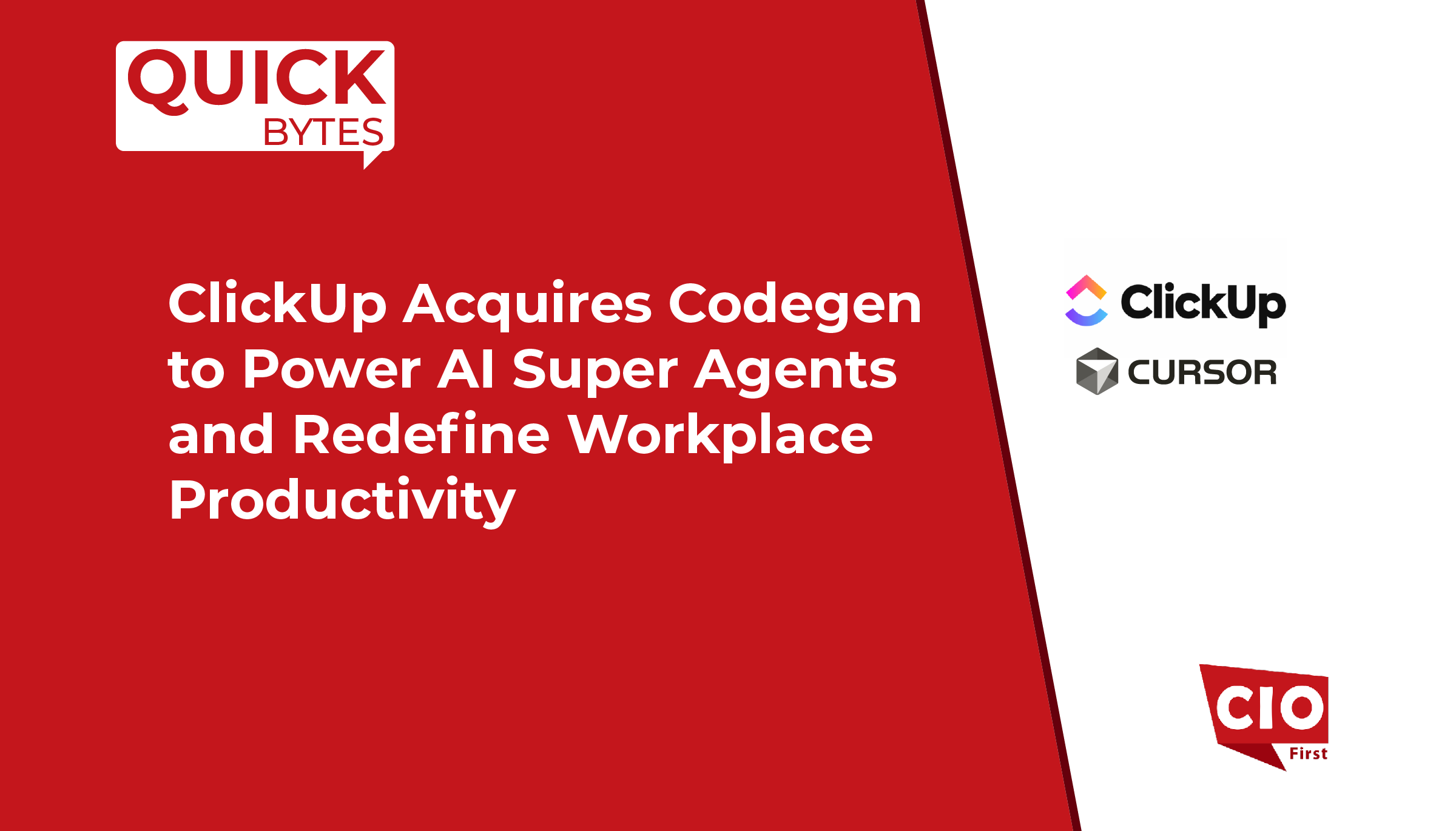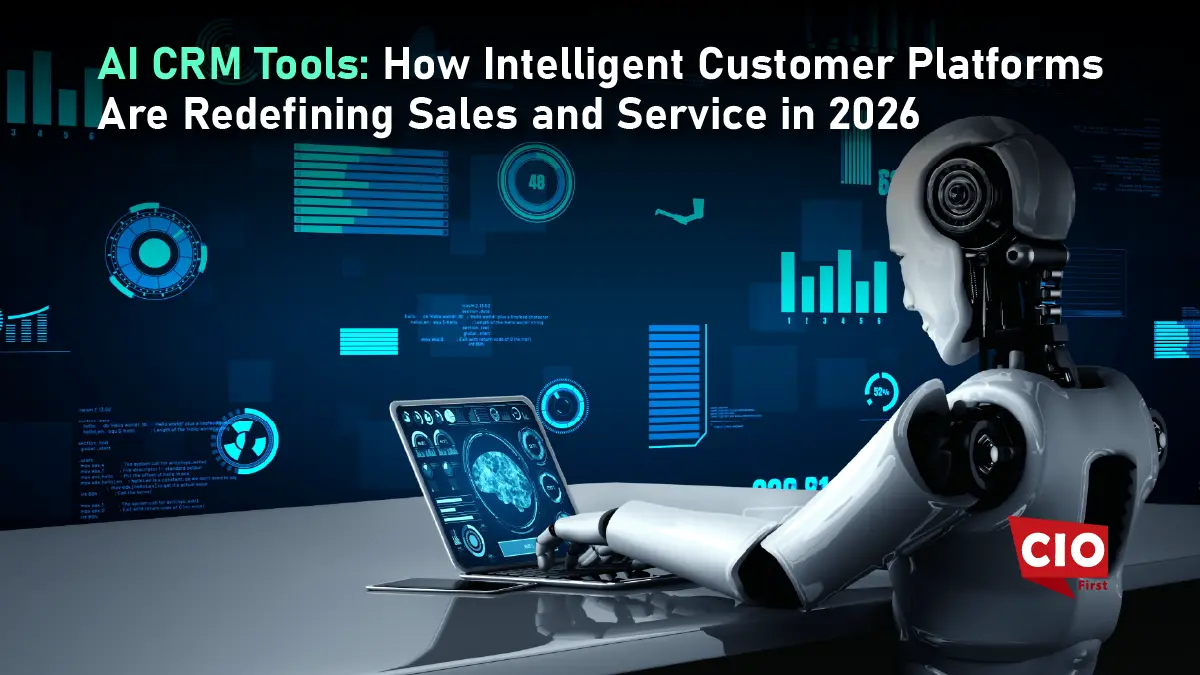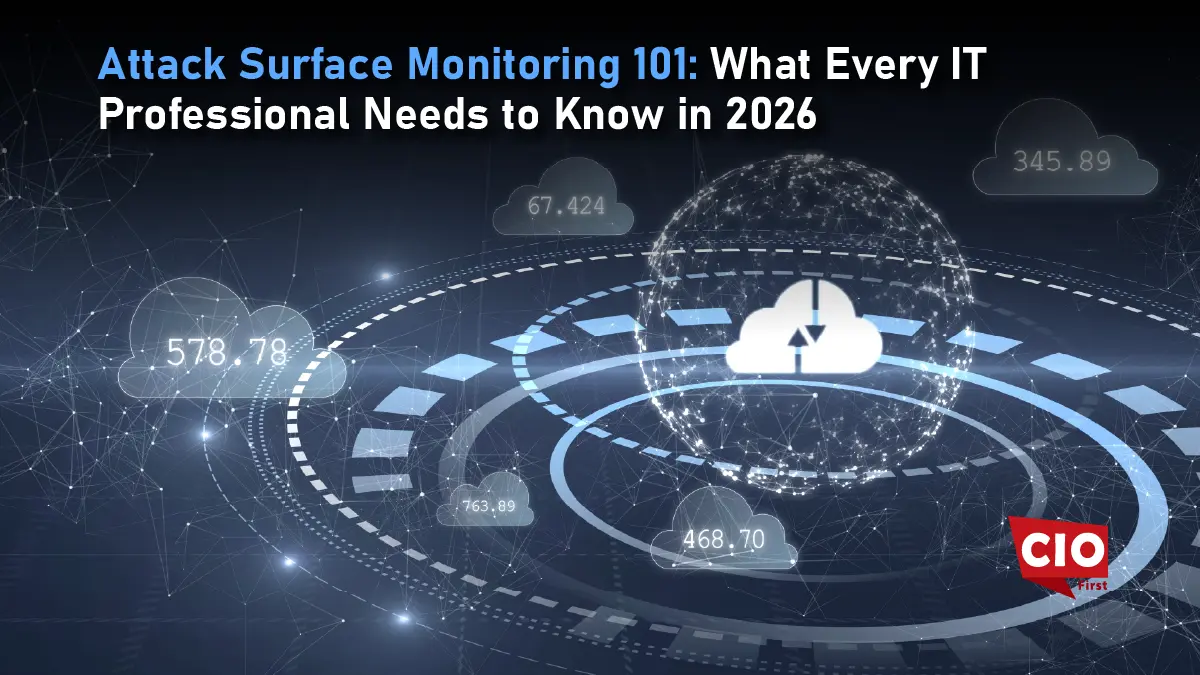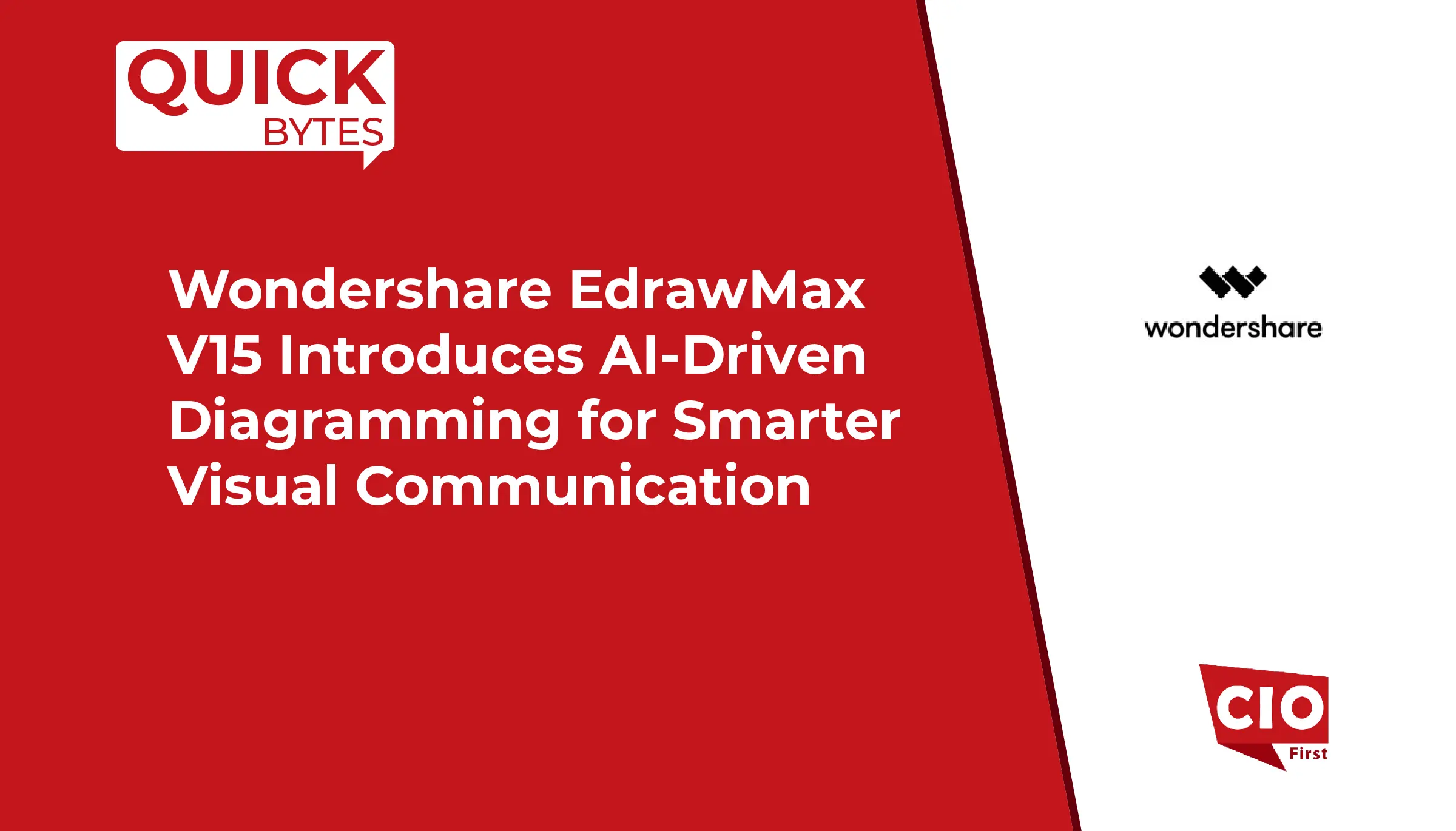The engagement, appraisal, selection, and negotiation of vendors is a complex topic for organizations undergoing business transformations, including SAP in particular. It is essential to understand these interdependencies in order to make wise decisions and achieve favorable results.
IT leaders are currently reconsidering how they evaluate, choose, and negotiate contracts for technology and IT services due to the development of business transformation initiatives. Forward-thinking IT executives are shifting away from a serial approach to evaluation and selection and instead using an integrated sourcing strategy designed to speed both business and IT transformations.
The factors driving this tendency are several. Business leaders on the buy side are looking to transform their ERP, HR, SCM, CRM, and e-commerce platforms in order to address gaps revealed by the COVID-19 pandemic, problems with the global supply chain, shifts in workforce dynamics, and opportunities and challenges unique to particular industries. The IT business is being reshaped by CIOs, who are pushing their companies toward the cloud as well as new operational and delivery models.
Also Read: Three Practical Ways AI can Help IT Leaders Bring Together Remote Teams
Firms undergoing SAP-centered business transformations would be prudent to adopt an integrated sourcing strategy and partnering approach.
Here are a few ways:
SAP partner strategy creation
Enterprises must decide their consulting and implementation partner strategy in addition to choosing the SAP platform. Here, a number of choices must be made, including whether to launch a Phase 0 initiative to establish the project’s goals and parameters and whether this stage should be rewarded through a competitive bid procedure or as a solo source event.
After Phase 0, companies must decide in advance if they will look for partners for the program’s design, construction, and deployment stages. Building a plan that drives the timescale required to accomplish business objectives while utilizing a sourcing strategy that optimizes market insights that can be gathered through a competitive bid process will be challenging for organizations. This is crucial given the market’s present levels of attrition, inflation, and demand for top-tier consulting resources. Making a plan for the evaluation, choice, and award of any non-SAP cloud migration and application modernization support is the last factor to take into account.
Establishing a long-term managed services plan
Businesses must decide if the vendors that are a part of their managed services strategy will help sustain their SAP environment in the future in addition to their managed services plan. This often entails choosing between utilizing an existing AMS provider to offer support for both the current environment and the future-state environment or using the SAP systems implementation provider to provide Application Maintenance and Support (AMS) for the future-state environment.
Since they differ, firms must also be aware of the complementary infrastructure management services needed to support either an SAP RISE system or an SAP on-premises environment. The future managed service partner strategy of a company must be taken into account when deciding whether to commit to SAP RISE or a perpetual license.
Vision and strategy are in sync
Having a fundamental understanding of the mission and overall plan of the business and IT transformation projects is essential to creating an integrated sourcing strategy. Unfortunately, one part of the transformation vision and plan may frequently be more developed than another. For instance, firms with a strong focus on business transformation could have hired a consulting firm to carry out phase 0. The development of the scope in the business case for the implementation would be the initiative’s natural focus, but frequently this means that the run side of the vision is given short shrift. This puts the organization in a catch-up mode as it tries to bridge the gap between the vision for the business transformation and the vision for the IT transformation during the sourcing process, which is undoubtedly not ideal.

























